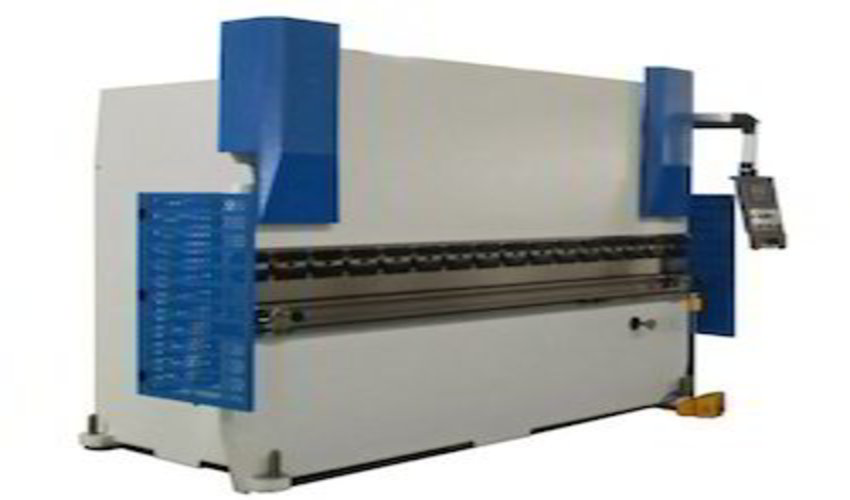Businesses dealing in laser cutting machines are blooming nowadays. The trend of sheet metal laser cutting is engulfing the market with their working methodologies. You get several options for new types of machinery available in the market to enhance the final results of cutting.
Specifying the laser cutting method types, these are the available choices varied by the industry requirements:
- CO2 Sheet Metal Laser Cutting Machines
- Fiber Laser Cutters
- Direct Diode Laser or DDL
Let’s have an in-depth tour of all these methods to find out which one suits your standards and requirements.
1) CO2 Sheet Metal Laser Cutting Machines
This method is known as a traditional method. Many fabricators prefer to use this method, particularly for the +4mm sheet metal market. This type of method utilizes CO2 laser gas and electricity to create a laser beam. The fabricators then apply that onto the sheet metal. This method includes high-temperature operations which is one of the reasons behind the need for a higher capacity chiller unit.
However, due to the new introduction of new technologies in the sheet metal laser cutting and people are moving towards them. That brings me to the second type of laser cutting that is Fiber Laser Cutters.
Benefits:
Co2 Sheet metal laser cutting machines are widely used around the world and most of the fabricators are proficient using the same. Moreover, Co2 laser cutting machines are reliable and safe as they don’t come in direct contact with the materials causing next to no mechanical compression or stress.
2) Fiber Laser Cutters
Fiber laser cutters use optical fibers pumped with diodes to craft a solid-state laser cutting machines with no gas consumables. If you are working in this industry, then this type of cutters can produce precise results for you. When any fabricator is looking for a laser cutting machine, the main thing he is concerned about is efficiency. Fiber Precitec Laser Consumables provide speed, accuracy, and cost-saving results. One of the major things is that they contain a better focus capacity. Because of that, they can evaporate a material at pinpoint to make a smaller spot diameter, compared to CO2. This way you can make sure that the cut you produce is accurate and stable. This works well while you work with thin materials as well.
For instance, some of the Precitec laser consumables users use this technology to channel increased beam density and laser energy into the cut. With a shorter beam wavelength, you can produce a 90 percent shorter cut than a CO2 laser beam. It results in faster penetration of the material and the capacity to increase the operation by more than 30 percent.
They can also cut highly reflective machines such as brass, aluminum, copper. With a CO2 machine, there are chances of damage. Additionally, the fiber lasers are also well suited for other materials such as Hastelloy, Titanium, and Inconel.
Benefits:
According to a study, laser parts like LVD Strippit laser consumables provide manifold benefits. In terms of spending costs, fiber users can benefit from an 80 percent reduction in consumption of oscillator electrical power. And 100 percent reduction in laser gas consumption with a wall plug efficiency of 30 to 40 percent. They also reduce chiller unit electrical consumption to 80 percent.
In the fiber laser cutting, your maintenance costs would also gradually reduce because of lesser movements in its parts, lower consumption of heat, and longer diode life. It also reduces the sheet metal cutting machine maintenance because they do not contain bellows. Plus, there is no requirement for mirror alignment or replacement.
3) Direct Diode
The final method available for cutting sheet metal is a DDL technology. It is also known by the acronym DDL. In this method, the diodes are the key thing they use. Therefore, they eliminate the pumped fire system, used in fiber laser technology. Due to the elimination of the middle process, it makes it more efficient.
DDL is a reliable source method with enhanced beam quality. Machines such as Precitec laser consumables offer premium cutting performance which makes them ideal for users who need ultra-fast cutting and high-quality cutting results.
Benefits:
It enhances productivity by cutting thin material at a 20 percent faster rate. It is faster than fiber ones and it also works on thick materials with unsurpassed surface quality. The DDLs are capable of a wall plug efficiency level. That is of 40 to 50 percent more compared to 10% for a CO2 resonator. Also 15 to 20% for a disc resonator and 30-40% with a fiber resonator.
What is Your Choice?
The right choice of metal laser cutting is important to produce cutting-edge results which meet the requirements. Therefore, research, summarize your requirements, finalize the material and other aspects to choose the LVD Strippit laser consumables which are capable enough to produce fruitful results for your industry.






